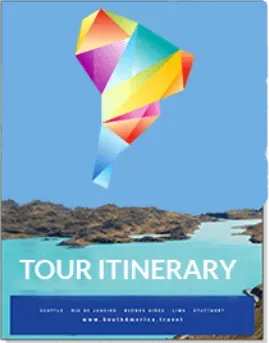Money in Chile
Money, Budgeting & Tipping
It is always a good idea to have local currency in your pocket when traveling to a foreign country. Chile’s currency is the Chilean peso. Chile has a very stable and efficient banking system and a low rate of inflation. There are banks and ATMs in major cities, making it easy to withdraw cash. ATMs generally charge a transaction fee for foreigners, except for Scotiabank and Banco del Estado. EUR and USD are easily exchanged in Casas de Cambio (best rates), banks, hotels, and restaurants. Credit and cards are widely accepted. Tell your bank in advance that you will be traveling to Chile.
In Patagonia, south of Puerto Montt, ATM machines are not as common, and credit cards are not as widely accepted, so bring cash. In Futaleufu, there is one ATM that accepts Mastercard or Cirrus. Easter Island and San Pedro de Atacama have ATMs but sometimes run out of cash.
Expect to pay about half to two-thirds the price for things that you would pay in North America or Europe. Drinks and meals cost about half what they do in North America, but for high-quality food at sit-down restaurants, expect to pay the same amount as you would in North America. You can eat a very high-quality meal for $20 per person. There is no sales tax.
As for tipping in restaurants, add about 10%. Small local restaurants, you can just leave a few extra peso notes. You do not need to tip taxi drivers; you can just round up to 100 pesos. Porters will appreciate a 1000 peso tip. It is customary to tip your tour director about $3 – $5 per day, and your coach driver about $2 – $3
Packing a copy of your passport, or an ID, such as a driver’s license with you as you travel around the country is a smart idea. Some merchants will ask for identification when you pay. As for the original copy of your passport, keep that secured in the hotel safe.



